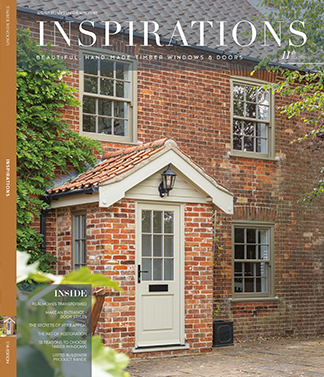A Window to the Past – A Brief History of Window Glazing

Whilst you may not think twice about the windows in your house, this fantastic invention has a fascinating history and has been responsible for bringing light into our lives for over two thousand years.
The word ‘window’ originates from the Old Norse for ‘wind eye’ and the use of the word ‘window’ first appeared in the 13th century.
The earliest windows were very different from those of today. The first use of the word itself referred to an unglazed hole in a roof and early versions of the window were simply a hole in the wall that provided little protection against the elements. Later, cloth, paper, animal hide and flattened horn were all used to provide temporary respite against the weather.
The Romans were the first to experiment with glass in their windows – this initially appeared in Alexandria around 100 AD but the glass was thick and opaque. However, for the next thousand years this would be the only alternative to other, less weatherproof alternatives.
As the trend for glass windows spread, craftsmen began to develop glass that was clearer and better shaped – for example, much slimmer rectangular glass panes could be produced by a technique that involved slicing through a blown glass cylinder and this gave rise to the ‘mullioned’ window. These windows, which are made up of smaller sections of glass attached together, can still be seen today in our Gothic churches.
Glazed windows were for many years a status symbol, as only the very rich could afford to have glass; larger glazed windows in a house very often indicated financial prosperity, and were only adopted more widely as advances in glass and frame manufacture brought costs down.
Today we have a wonderfully wide array of windows from which to choose, including casement windows, traditional sash windows and even more modern inventions, such as the tilt and turn window. However, it is always interesting to cast your mind back to the origins of those very first ‘wind eyes,’ if only to appreciate just how far we have come.



